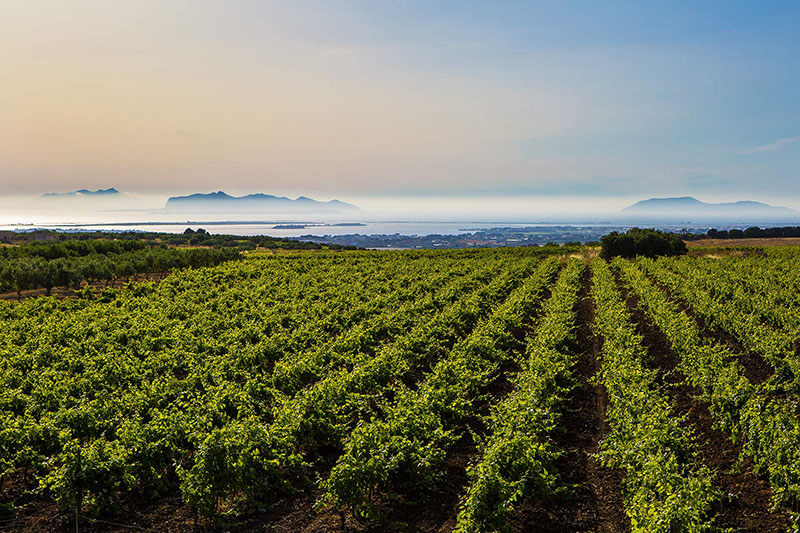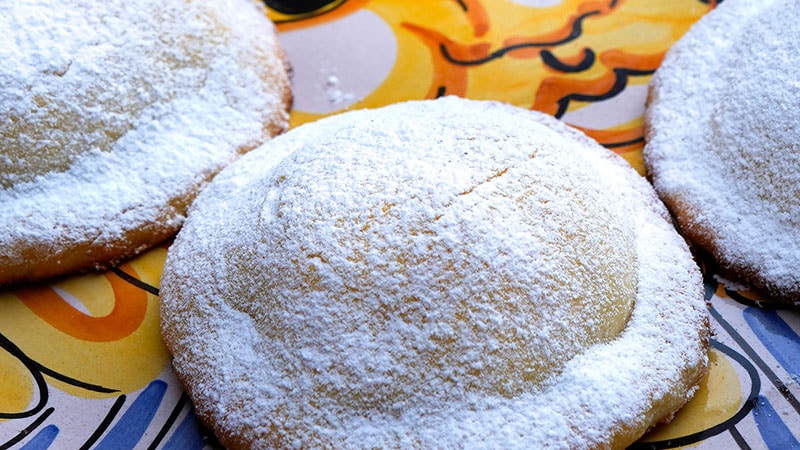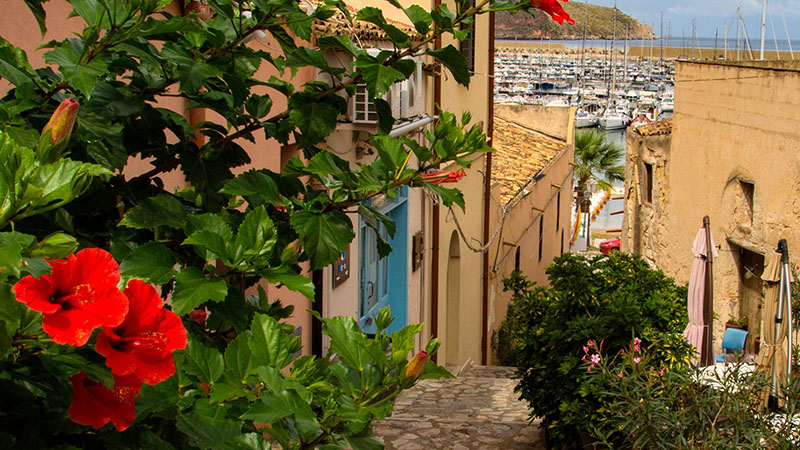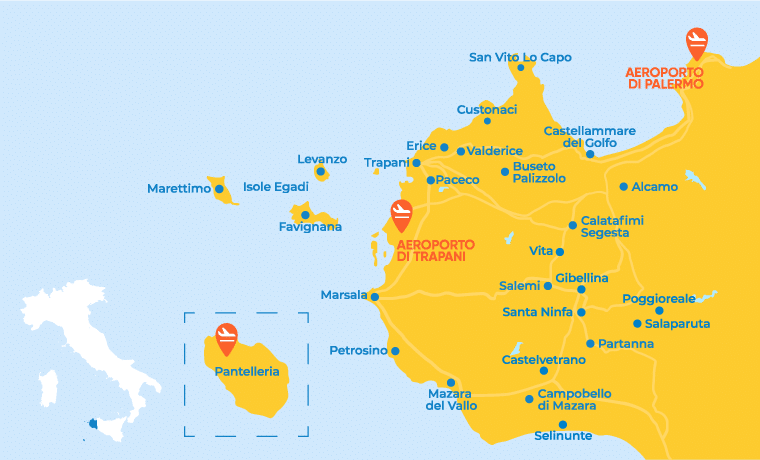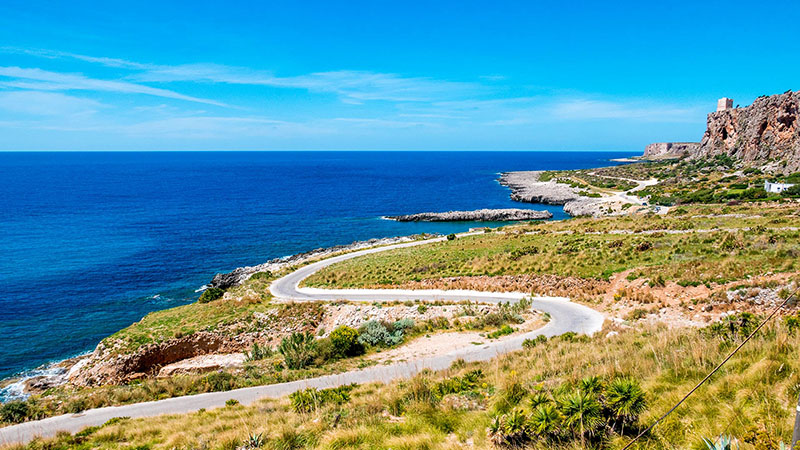St Joseph's Breads in Salemi: the history of a Sicilian tradition
St Joseph’s Day is one of the most heartfelt celebrations in western Sicily. Centuries-old traditions, handed down from generation to generation, are revived every year as we approach 19 March.
This is how one of the most evocative celebrations on the island comes to life, and it is no coincidence that it has been included in Sicily’s Register of Intangible Cultural Heritage: the Feast of Votive Breads in Salemi, a town in the Trapani area recognised as one of the most beautiful villages in Italy.
The feast has ancient pagan origins, which can be traced back to the cult of the Greek goddess Demeter and the theme of fertility, the spring awakening of nature after the long winter sleep.
But the uniqueness of the Salem festival lies in the preparation of the typical breads placed on votive altars: the so-called “St Joseph’s Dinners“.
A few days before, in the houses of devotees, the preparation of loaves of bread in the most diverse shapes begins, combining pagan and Christian symbolism: representations of fruits, animals, flowers, including the rose (the flower associated with the figure of the Virgin Mary) or the lily (symbol of Christian purity) and elements linked to the work of the Saint carpenter, such as hammers, nails and pincers.
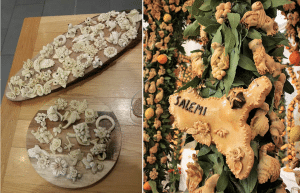
These tables are usually set up on the ground floor and remain open to the public throughout the day. So, visitors can enjoy the food on offer: bread, of course, but also first courses, fried vegetables including cardoons and broccoli, cheeses, fruit and desserts such as cassata, cannoli, cassatelle and many others.
Combining the most religious tradition with great tourist interest, on St Joseph’s Days the Salemi area becomes a destination for visitors from all over the world.
An opportunity to rediscover this magnificent site, a city of art but also of rural tradition, set in the breathtaking landscape of the Belice Valley.






